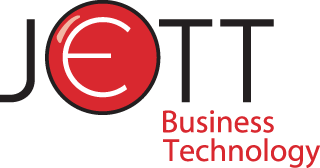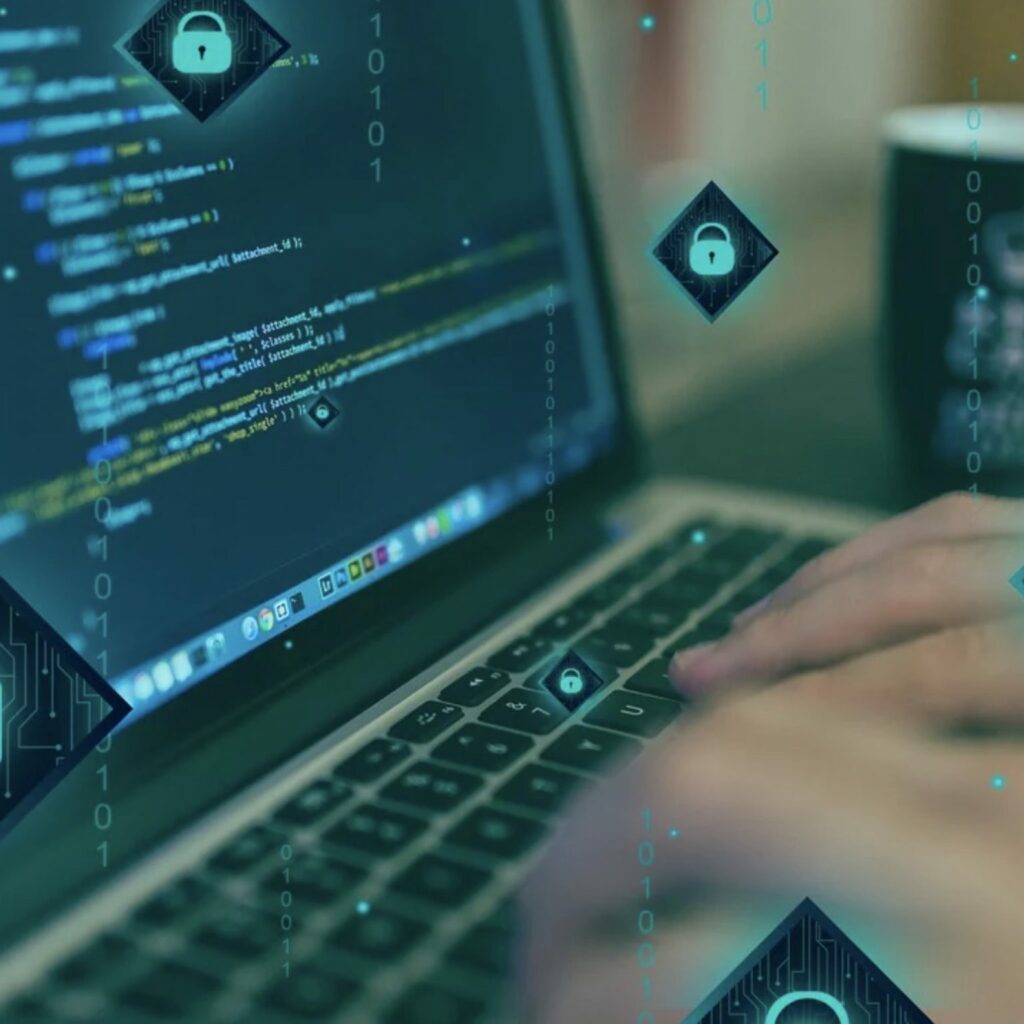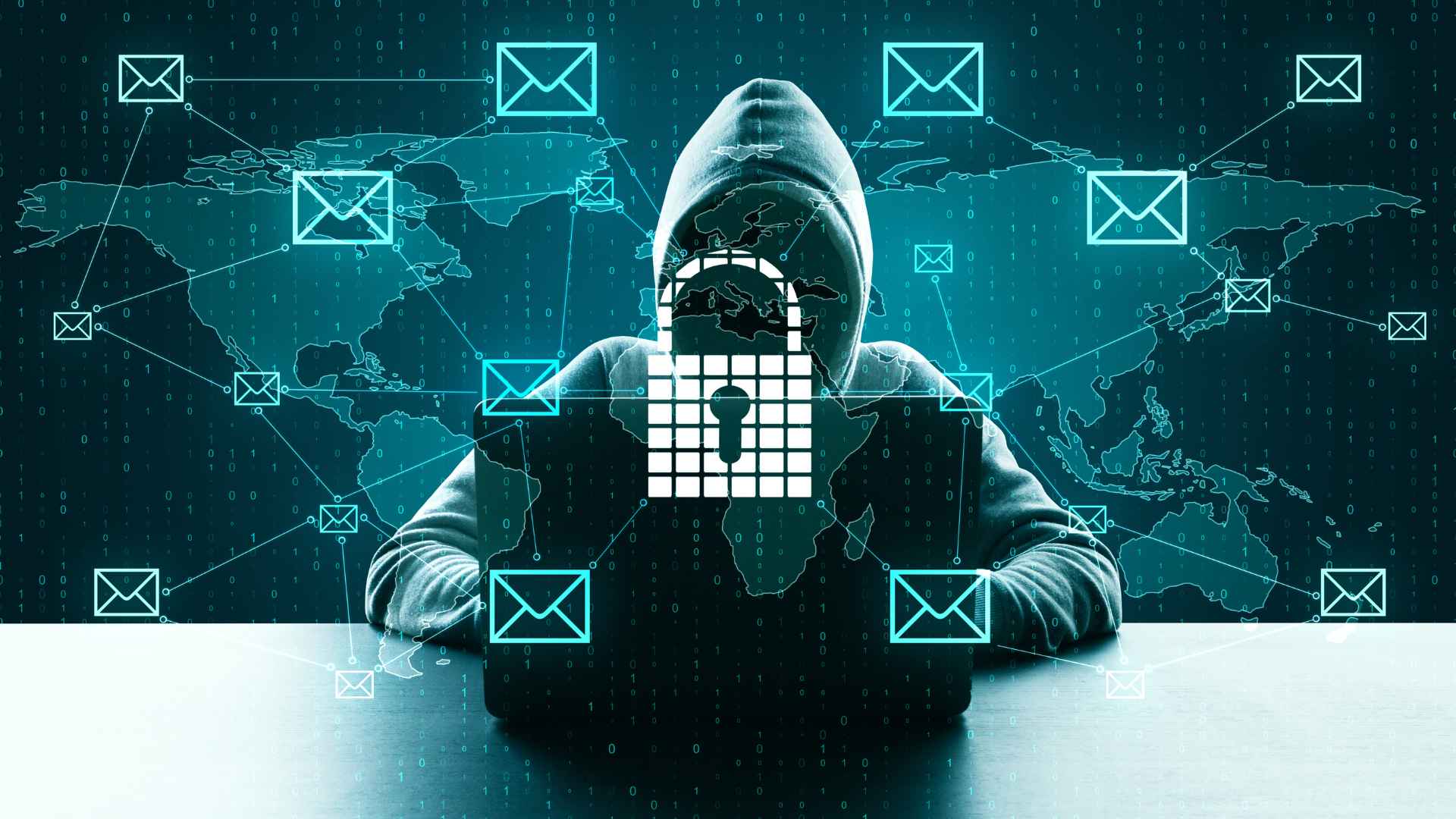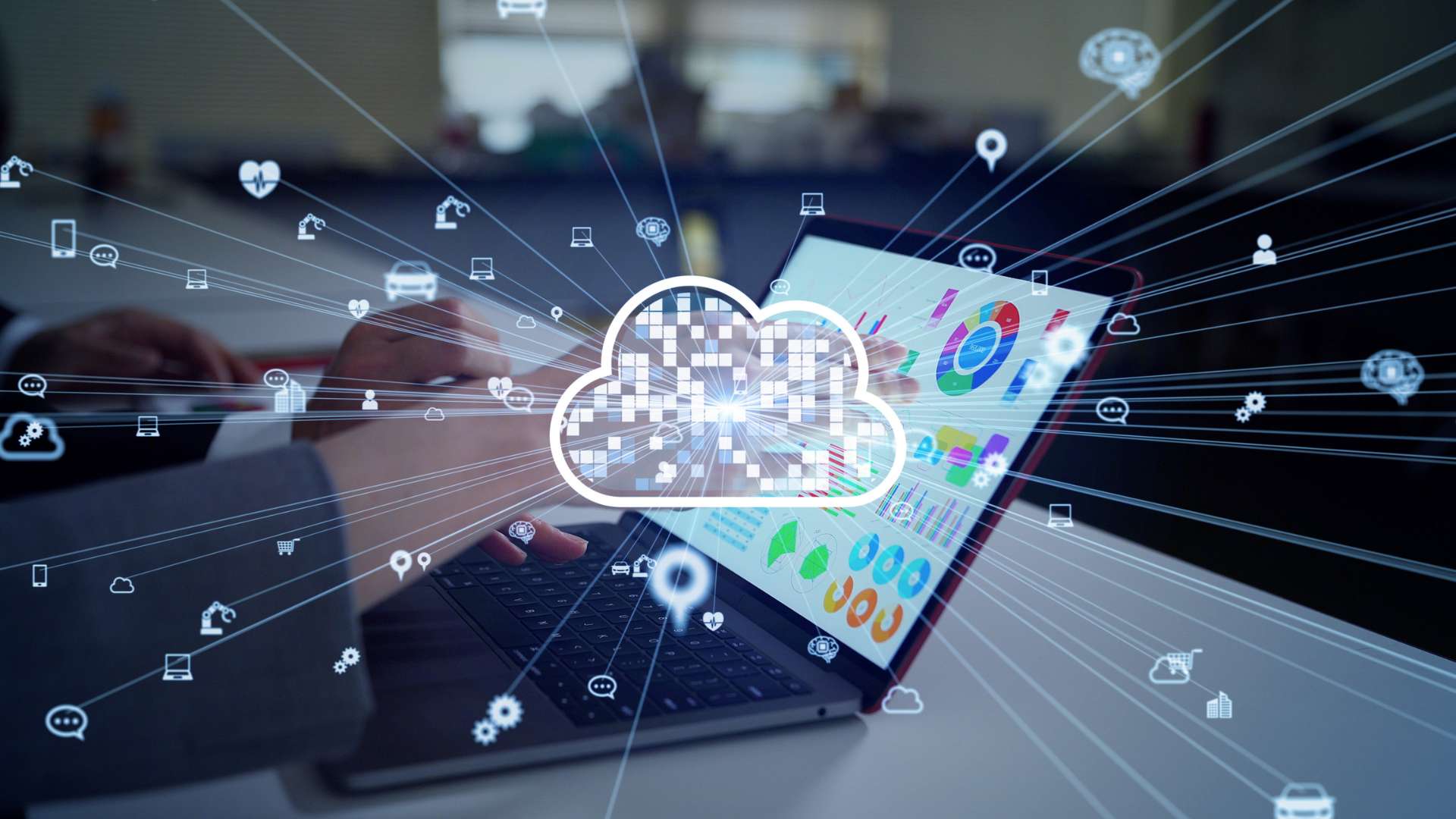Providing safe and effective protection for remote workers is not a new topic. But today, more than ever, this is a key priority of all IT Departments, large or small. The responsibility of keeping networks and data safe considering the exponential growth in remote workers is an onerous task. IT security teams need to be rigid when assessing and 
So, what are some quick wins for your company when it comes to remote worker cybersecurity? Below are our “3-2-1 tips, suggestions, and offer” that we have used while helping our clients protect their networks and data successfully and effectively.
Contact JETT for more information. Our team is eager to help. We are available by phone at (678) 387-5717, by email at [email protected] or get more information from our website at www.jettbt.com.
3 Quick and Easy TIPS…
One…Enforce your password policies and educate users on the importance of keeping company passwords separate from often reused personal passwords. Also, if your company is configured with cloud services and has the capability to require two-factor authentication, turn it on!

Three…Establish a hotline or other contact method to allow remote workers to contact you quickly the moment they suspect their PC has been compromised by nefarious emails, texts, or websites. Being able to isolate the infected user quickly will reduce the spread in terms of time and reach.
2 High-Value SUGGESTIONS…
One…Start an aggressive phishing/scam email prevention education program. To begin with, let associates know in advance that you will be “testing their awareness” with fact messages. Include tips and tricks to help spot phishing scams with the announcement. If deployed successfully, over time, the program will be engrained in the culture of your company and you should expect a significant reduction in compromised PCs and accounts.

1 Can’t Lose OFFER…
One…When in doubt, leave it to the pros. If you have a fully staffed IT security department, have them provide suggestions and lead discussions with management to help explain the risks your company could be facing. Encourage involvement within all business units, support training programs, and lead by example.
If you don’t have staff with Cybersecurity Subject Matter Experts, call or email JETT Business Technology (678-387-5717 or [email protected]) to schedule a FREE phone consultation. Our team of experts will craft and execute a security plan that aligns with your business needs and respects your budget requirements.
